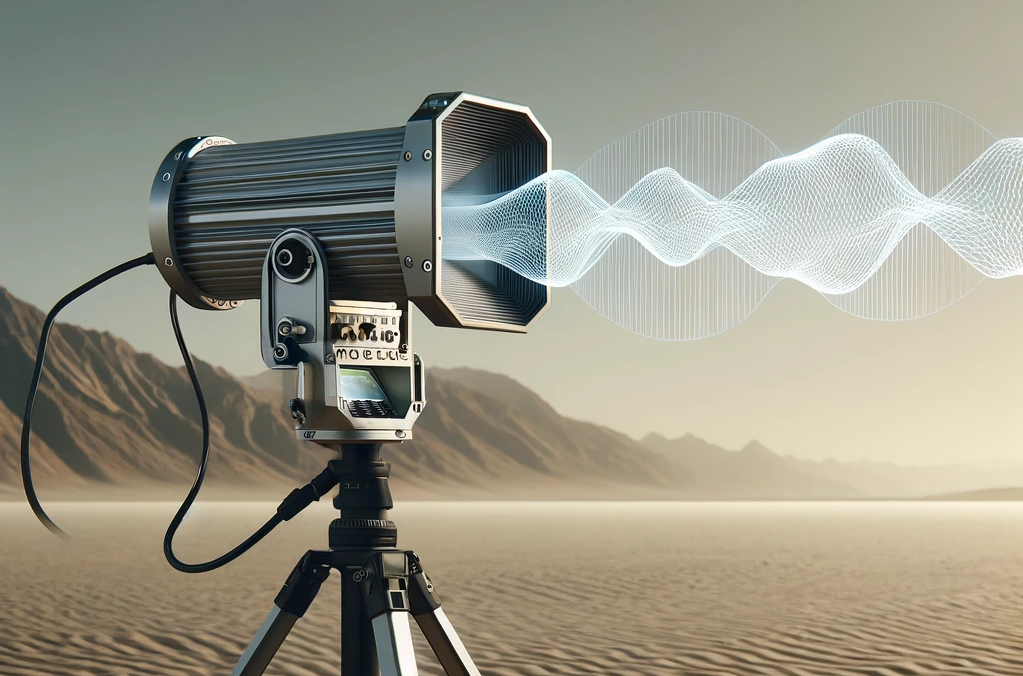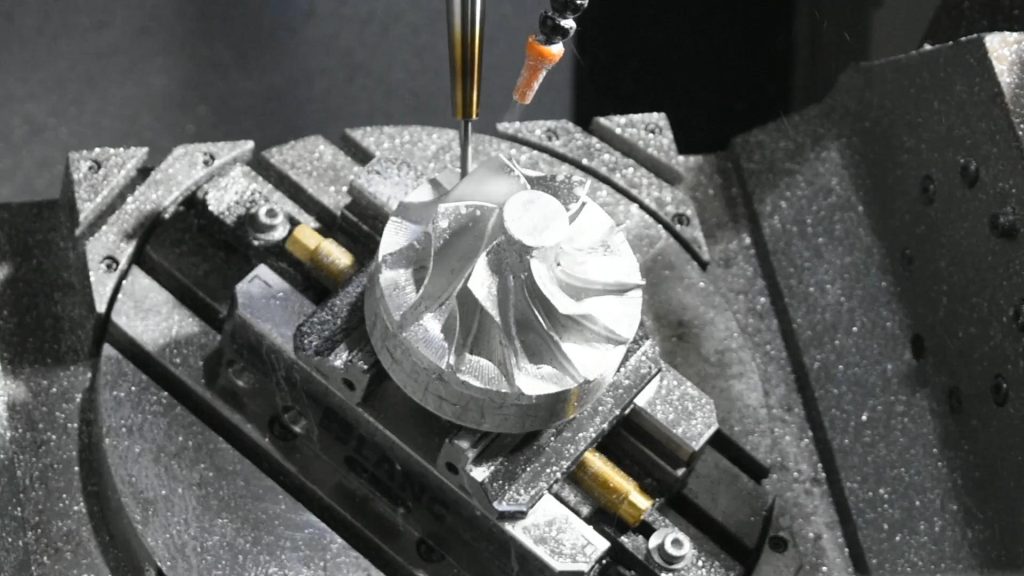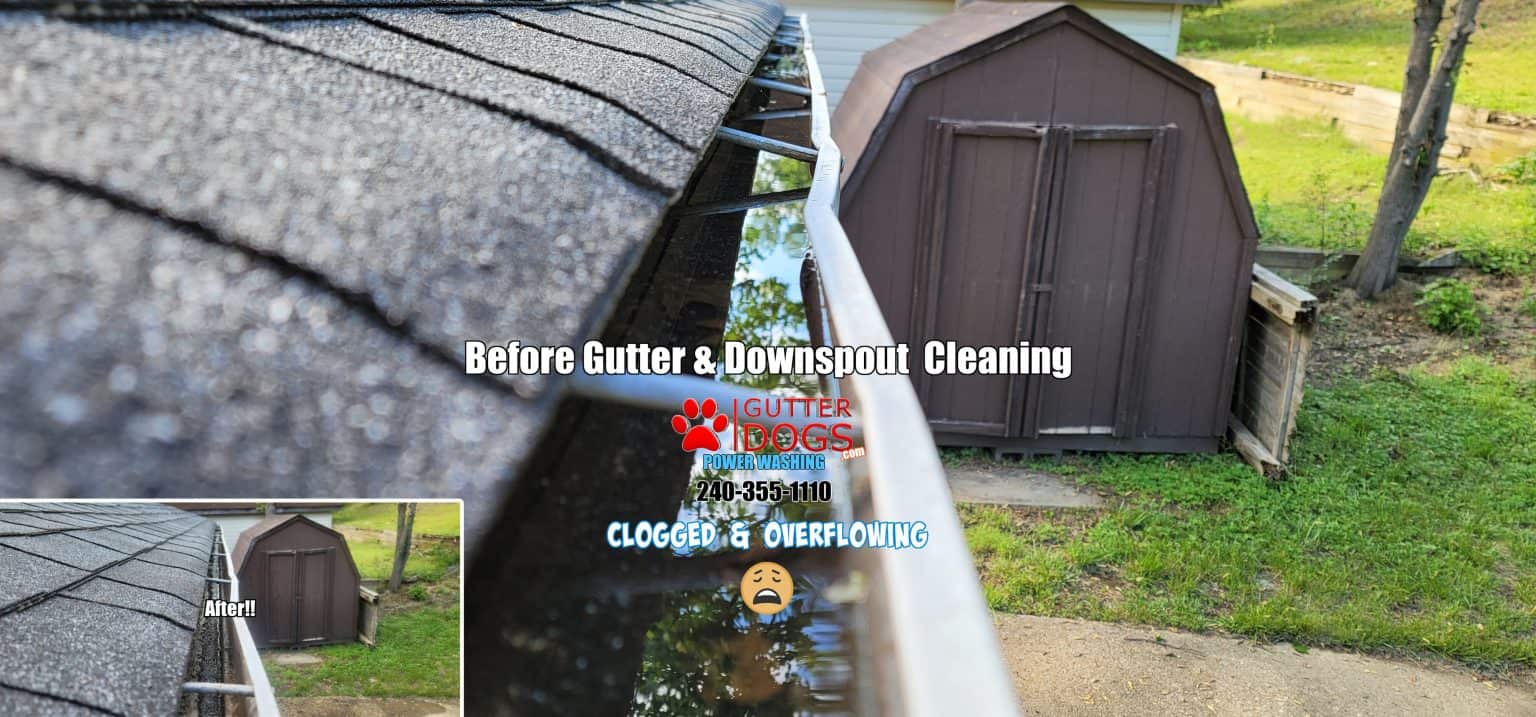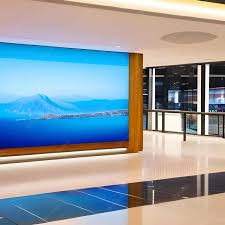Introduction
Canopy lights play a crucial role in providing illumination for outdoor spaces, be it gas stations, parking lots, or building entrances. When it comes to installing canopy lights, selecting the right method is essential for optimal performance and aesthetics. In this guide, we will explore the various installation options: recessed, surface-mounted, suspended, and bracket-mounted.
1. Recessed Installation
Recessed canopy lights are installed flush with the ceiling, offering a sleek and seamless appearance. This installation method is particularly popular for modern architectural designs where a clean and unobtrusive look is desired. The recessed lights are embedded into the structure, providing a streamlined and polished finish. However, it’s important to note that recessed installations may require more planning during the construction phase.
2. Surface-Mounted Installation
Surface-mounted canopy light are attached directly to the surface of the ceiling or canopy structure. This installation method is straightforward and often more cost-effective than recessed options. Surface-mounted lights are suitable for a variety of settings and are relatively easy to install, making them a popular choice for retrofitting existing structures. Additionally, surface-mounted lights can be adjusted for optimal angles and coverage.
3. Suspended Installation
Suspended canopy lights are hung from the ceiling using cables or rods. This installation method adds a touch of elegance to the lighting design, creating a visually appealing effect. Suspended lights are often chosen when a more dramatic or decorative lighting scheme is desired. This method also allows for greater flexibility in adjusting the height of the lights, accommodating different canopy structures and varying ceiling heights.
4. Bracket-Mounted Installation
Bracket-mounted canopy lights are affixed to the canopy structure using brackets. This installation method offers a balance between the sleekness of recessed lights and the ease of surface-mounted options. Brackets provide a stable and secure mounting solution while allowing for some adjustment of the light fixtures. Bracket-mounted installations are versatile and well-suited for various outdoor environments, offering a good compromise between aesthetics and practicality.
Considerations for Choosing the Right Installation Method
When deciding on the appropriate canopy lights installation method, several factors should be considered:
a. Aesthetic Preferences
Consider the overall design and aesthetic goals of the space. Recessed installations provide a minimalist look, while suspended and bracket-mounted options offer a more dynamic visual impact.
b. Ceiling Structure and Material
The type of ceiling or canopy structure will influence the ease and feasibility of certain installation methods. Ensure compatibility with the existing structure to avoid complications during installation.
c. Budget and Installation Costs
Surface-mounted installations are often more budget-friendly, especially for retrofitting projects. Recessed and suspended installations may involve higher costs due to additional construction or support requirements.
d. Lighting Requirements
Evaluate the lighting needs of the space, including desired brightness, coverage, and lighting angles. Different installation methods may affect the distribution and effectiveness of the light.
Conclusion
Selecting the right canopy lights installation method is a crucial decision that impacts both the aesthetics and functionality of outdoor spaces. Whether opting for a sleek recessed look, a practical surface-mounted solution, a visually striking suspended design, or a balanced bracket-mounted installation, understanding the considerations and requirements is essential. By carefully assessing the specific needs of the environment and project constraints, one can make an informed decision that ensures optimal illumination and a visually pleasing outcome.







